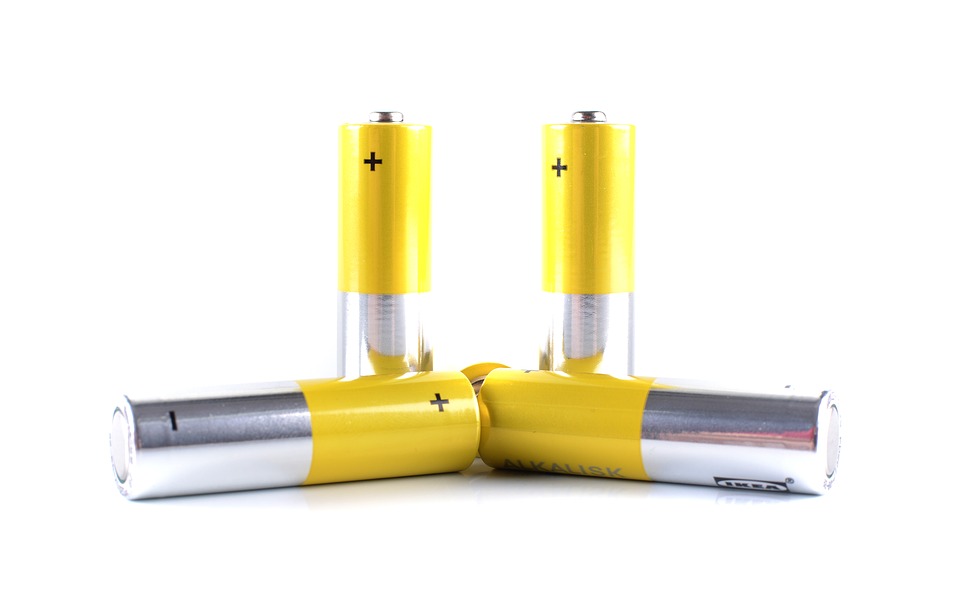By Warren Miller, contributing writer
The quest to create the fastest-charging, longest-lasting lithium-ion battery is seemingly never-ending, mainly due to their application in electric and hybrid vehicles. Researchers at the U.S. Department of Energy’s Argonne Laboratory in collaboration with scientists from all over the world believe that they have discovered the future of lithium-ion battery design, and it includes a heretofore unincorporated element: water.
Contemporary lithium-ion batteries contain a graphite anode, but Argonne researchers are developing anodes made from lithium titanate hydrate, a water-bearing compound that charges much more quickly and maintains stability over thousands of charging cycles. When synthesizing the compound, researchers heated the material to over 500°C to evaporate the water contained within the anode in order to prevent degradation. Unfortunately, the high temperatures did damage to the structure itself, which negatively affected performance. As an alternative, the researchers tried heating the material to about half of that temperature, with greatly improved results.
By heating the anode to approximately 260°C, the team found that they could dispense the water collected on the surface of the material while preserving the water in the body of the structure. When tested, the more hydrated battery boasted greater cycling stability and very little degradation of 10,000 charging cycles. Better yet, it took only two minutes to fully charge. “Most of the time, water is bad for non-aqueous lithium-ion batteries,” said Jun Lu, one of the researchers on the project. “But in this case, it can be downright good.”
 Contemporary lithium-ion batteries contain a graphite anode, but Argonne researchers are developing anodes made from lithium titanate hydrate. Image source: Pixabay.
Contemporary lithium-ion batteries contain a graphite anode, but Argonne researchers are developing anodes made from lithium titanate hydrate. Image source: Pixabay.
Even though batteries have been around for many years, it seems like there is no end in sight for further improvements. Perhaps this is due to the almost infinite combinations of materials available for battery construction. The process used to construct this new battery adds another wrinkle in the already complex process of selecting materials. Just using a different temperature results in a dramatic improvement in battery operation; think of all the other environmental processes that could potentially improve battery operation. If you also mix in the possibility of building batteries via molecular construction or replication, the possibilities become truly mind-boggling. Surely there is a combination out there that provides all the features on our wish list at a reasonable price?
As we move ever closer toward a future in which all vehicles run on electricity, batteries that charge more quickly, last longer, and are more cost-effective are the key. Fossil fuels are a scarce resource and becoming scarcer by the day — water, on the other hand, is the most ubiquitous natural resource on the planet. The future of electric vehicles depends on how long it takes to charge them and how far they can travel on a single charge. If lithium titanate hydrate is a low-cost answer to designing batteries for EVs, that future may be closer than you think.
Advertisement
Learn more about Electronic Products Magazine








